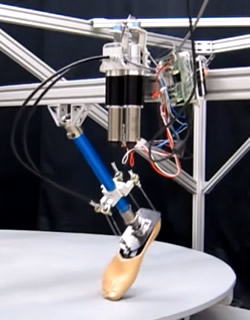
Andrew Barnard (MEEM/APSRC) is the principal investigator on a project that has received a $49,804 research and development contract from the University of Michigan. The project is titled “Demonstration of a Coaxial Thermophone for Active Noise Control in Vehicles.”
This is a seven-month project.
By Sponsored Programs.







